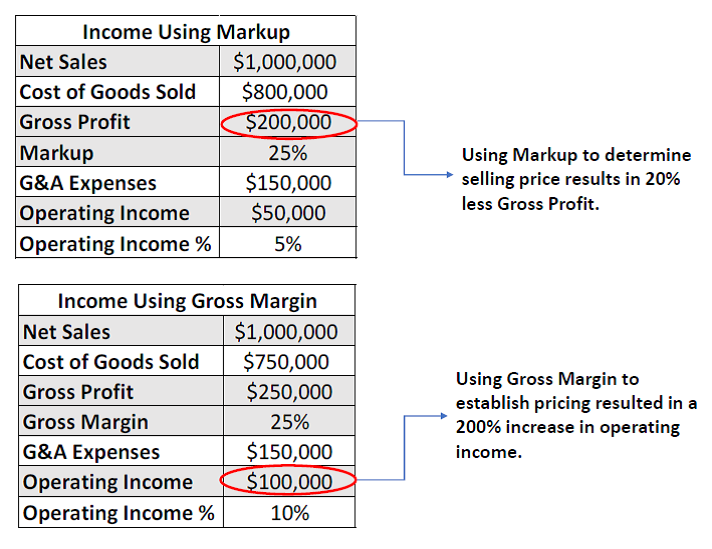“I don’t like coming to work like I used to. The business is running me; I’m not running the business. All I do is work. I’m just an employee. I can’t do this anymore.”
As we discussed in “Do You Enjoy Your Business, or Is It a Drag? (Part 1)” a lot of business owners feel this way some of the time. Business ownership is rewarding and enjoyable, but it is not easy. If it was easy everybody could do it, but most people cannot.
It is stressful running a business. Some people are able to handle the pressure and bounce back from difficult times or situations, while others are not. Those who do not know how to manage their stress usually become burned-out. Burnout is an on-going, serious problem among owners. A problem they seldom talk or think about, but is common knowledge among the people who work or live with them.
So, what can you do if you are or think you might be burnt-out? Here are 2 steps to get you started.
Step 1 – Get outside eyes
There are many symptoms of ownership burnout. One of the main symptoms is tunnel vision. Tunnel vision is a way of seeing a situation from your point of view only. You end up feeling like you have no options and are stuck, with no hope of making anything better. This limited focus keeps you from seeing the choices and alternatives you actually have
But, feelings are not facts, and tunnel vision is not reality. The first step to defeating burnout is to understand you are not seeing clearly and need a fresh pair of eyes. You need someone, from outside the company, who can see your whole situation – a person who will offer new ideas and solutions.
Step 2 – Figure out what is really going on
There are many different reasons for business owner burnout. Use the outside pair of eyes to figure out what is causing yours. You cannot fix a problem until you accurately identify it. And you cannot accurately identify a problem when you have tunnel vision.
For example, Neal was a burned out owner. He was stuck in the office doing work he hated. But, it was work he thought he was “supposed” to do – tunnel vision. Outside eyes saw he was functioning as an overpaid office clerk, and was not serving himself or the company well. By learning a new management style and putting better procedures in place, he was able to do what he was good at and wanted to do – bring in more business. His burnout disappeared.
When you honestly and thoroughly do these 2 steps, you will have a clear idea of what to do next. They will provide you with the information you need to create a solid plan. Having a plan and actively, consciously working that plan is key to alleviating burnout. It is not easy! However, the alternative is to stay miserable – and as choices go, choosing to stay unhappy is a poor one.





